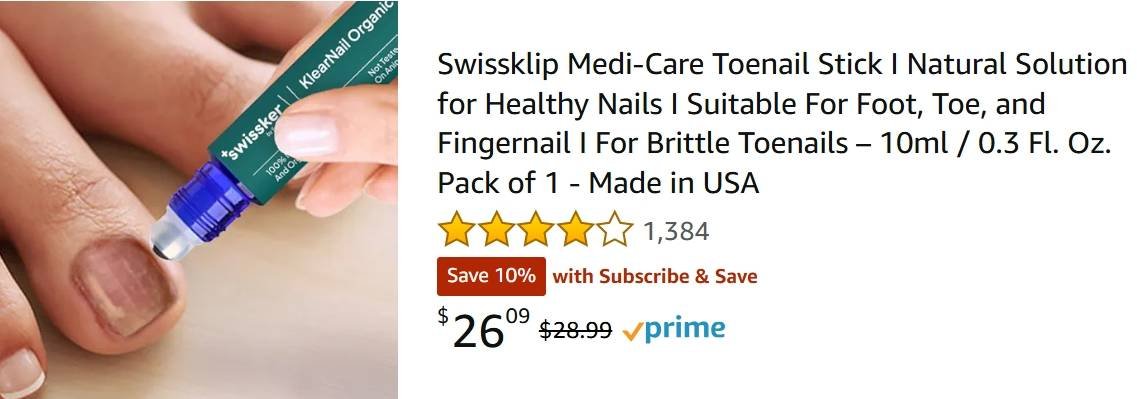Should I Wear Socks with Pitted Keratolysis? Expert Advice & Tips
Find a Podiatrist Near You
Get same-day appointments with verified podiatrists. Insurance accepted.
Ever faced the embarrassment of foot odor or the discomfort of tiny pits on your feet? Pitted keratolysis might be the culprit, a condition affecting up to 7% of the global population.
This condition can cause discomfort and social anxiety, leading many to wonder: should I wear socks with pitted keratolysis? Wearing the right socks can actually help manage this condition. Let’s explore what pitted keratolysis is, the role of socks, and the best practices for foot care to help you manage and prevent this condition effectively.
Understanding Pitted Keratolysis
What is Pitted Keratolysis?
Pitted keratolysis is a bacterial infection characterized by small depressions or pits on the soles of the feet, often accompanied by a foul odor. The bacteria involved, such as Corynebacterium, Dermatophilus congolensis, and Kytococcus sedentarius, thrive in moist environments.
Types of Pitted Keratolysis
While the condition generally presents as small pits, variations exist based on the depth and distribution of these pits. Understanding these types can help in managing the condition better.
Common Misconceptions
Many believe poor hygiene is the sole cause of pitted keratolysis. However, excessive sweating and prolonged wearing of occlusive footwear are significant contributors. Knowing this helps in addressing the real causes.
The Role of Socks
Importance of Foot Hygiene and Moisture Management
Foot hygiene and moisture management are vital in preventing and managing pitted keratolysis. Socks play a crucial role in this process. Wearing the wrong type can create a moist environment, worsening the condition, but the right socks can help keep feet dry and reduce bacterial proliferation.
Scientific Evidence
Studies show that moisture-wicking socks can significantly reduce moisture levels on the feet, minimizing the environment where bacteria thrive. This is crucial for those with pitted keratolysis.
Sock Material Comparison Table
| Material | Moisture-Wicking | Breathability | Durability | Cost |
|---|---|---|---|---|
| Cotton | Moderate | High | Moderate | Low |
| Wool | High | Moderate | High | Moderate |
| Synthetic | High | High | High | Moderate |
Sock Choices for Pitted Keratolysis

Proper Fit and Moisture-Wicking Socks
Choosing the right socks is essential. Ensure they fit well without being too tight, as tight-fitting socks can trap moisture and reduce airflow, creating an ideal environment for bacteria.
Recommended Sock Brands
Look for moisture-wicking socks from reputable brands such as Smartwool, Darn Tough, and Under Armour. These brands are known for their high-quality materials that keep feet dry and comfortable.
Real-Life Example
John, an avid runner, struggled with pitted keratolysis for years. After switching to moisture-wicking socks from Smartwool and ensuring he changed them regularly, he noticed a significant improvement in his condition.
Alternative Footwear
Whenever possible, opt for sandals or open-toed shoes to allow better airflow around the feet. This helps keep feet dry and reduces the risk of bacterial growth.
Additional Foot Care Tips
Keeping Feet Clean and Dry
Wash your feet daily with mild soap and water, and dry them thoroughly, especially between the toes. Avoid harsh soaps and chemicals that can irritate the skin.
Moisturizing
Apply a moisturizing lotion to your feet to prevent dry skin, which can crack and become more susceptible to infection. Avoid applying lotion between the toes to prevent moisture buildup.
Regular Foot Inspections
Inspect your feet regularly for signs of pitted keratolysis or other issues. Early detection and treatment can prevent the condition from worsening.
DIY Remedies
Natural remedies like soaking feet in a vinegar-water solution can help reduce bacteria. However, use these remedies cautiously. DIY treatments can sometimes worsen the condition or cause allergic reactions. Always consult a healthcare professional before starting any DIY treatment.
Footwear Recommendations
For active individuals, consider breathable running shoes. In hot climates, sandals or flip-flops can help keep feet cool and dry.
Treatment Options
Topical Medications
Antibacterial creams or ointments can help eliminate the bacteria causing pitted keratolysis. These are usually applied directly to the affected area.
Oral Medications
In severe cases, oral antibiotics may be prescribed to target the bacteria from within the body.
Laser Therapy
Laser therapy is an advanced treatment option that can help reduce the appearance of pits and kill bacteria.
Treatment Duration and Side Effects
Topical treatments typically take a few weeks to show results, while oral antibiotics may work faster. Side effects can include skin irritation from topical treatments or gastrointestinal issues from oral antibiotics. Always consult a healthcare professional for guidance.
Prevention
Workplace Prevention
For those working in environments prone to foot issues, such as healthcare or hospitality, wear moisture-wicking socks and change them regularly.
Seasonal Prevention
In hot and humid seasons, opt for breathable footwear to reduce sweating. In colder months, ensure feet are kept dry and warm but not sweaty.
Conclusion
Pitted keratolysis is a manageable condition with the right knowledge and practices. Wearing appropriate socks, maintaining good foot hygiene, and consulting a healthcare professional are key steps in managing and preventing this condition. Remember, keeping your feet clean and dry is essential to prevent bacterial growth and alleviate symptoms. If you suspect you have pitted keratolysis, seek professional advice for an accurate diagnosis and personalized treatment plan.
Understanding how to care for your feet can make a significant difference in managing pitted keratolysis. By following the tips and recommendations outlined in this blog post, you can take proactive steps toward healthier feet. Share your experiences with pitted keratolysis in the comments, and check out the resources below for more information and support.
Additional Resources
Ready to See a Podiatrist?
Connect with top-rated podiatrists in your area. Book appointments instantly with verified doctors who accept your insurance.
Same-Day Appointments
Get seen today with urgent care availability
Verified Reviews
Real patient reviews and ratings
Insurance Accepted
Most major insurance plans covered
